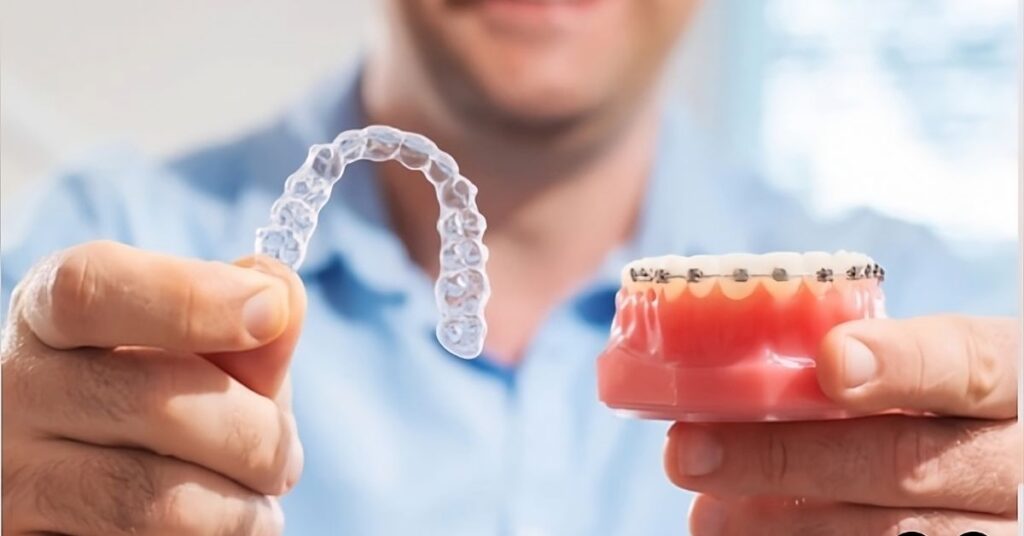
Understanding Braces and Invisalign
Definition and Purpose of Braces
Definition and Purpose of Invisalign
Importance of Orthodontic Treatment for Correcting Teeth Alignment
The Growing Popularity of Braces and Invisalign
Historical Background of Braces in Orthodontics
Introduction and Adoption of Invisalign as an Alternative
Statistics and Trends in Orthodontic Treatment Choices
Braces: Pros and Cons
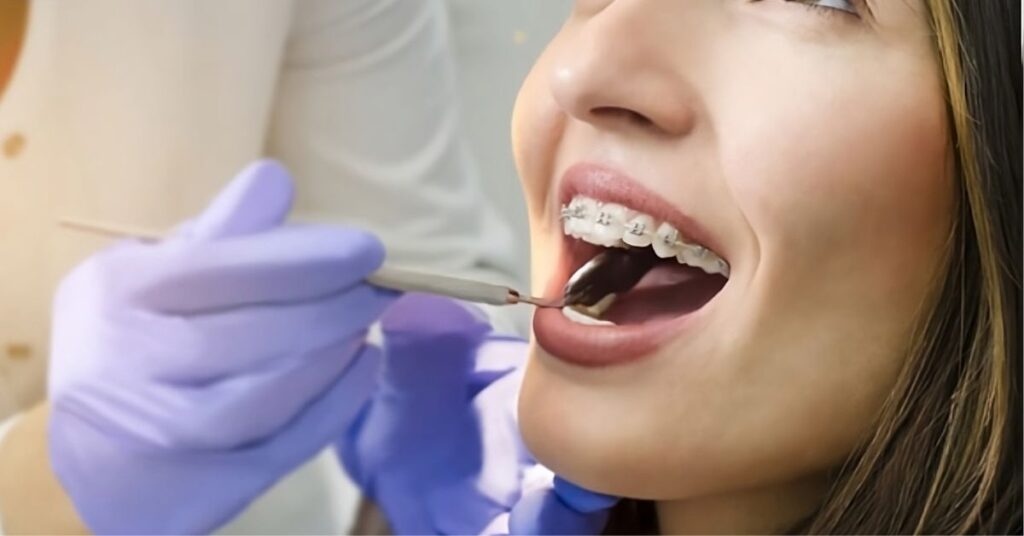
Braces: The Traditional Orthodontic Option
Effectiveness of Braces in Correcting Complex Dental Issues
Cost-Effectiveness Compared to Other Treatment Options
Range of Braces Types and Materials
Advantages of Braces
Ideal for Severe Teeth Misalignment
Ability to Address Various Bite Issues
Minimal Compliance Required from Patients
Drawbacks of Braces
Visible Appearance and Impact on Aesthetics
Potential Discomfort and Irritation
Longer Treatment Duration in Some Cases
Invisalign: Pros and Cons
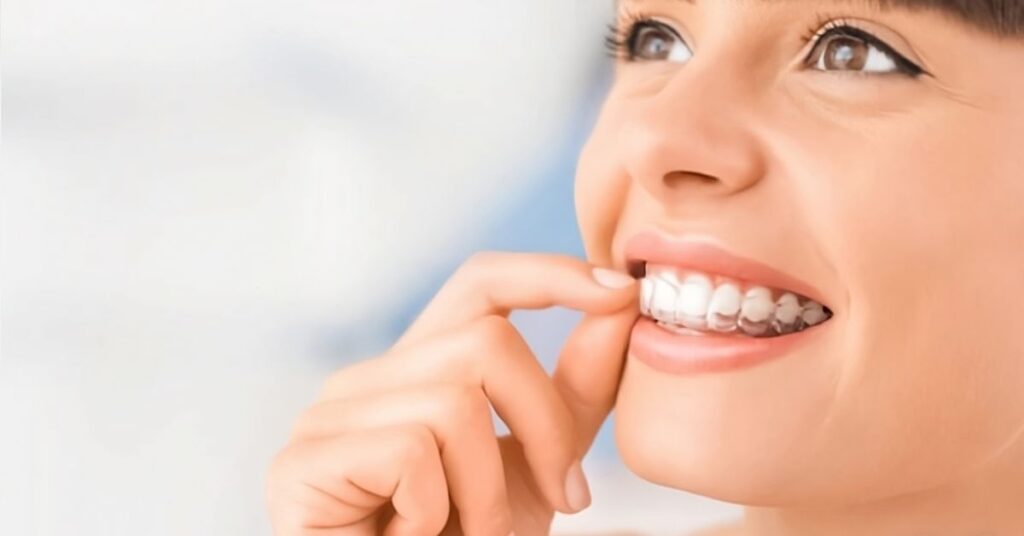
Invisalign: The Clear Aligner Revolution
How Invisalign Works with Transparent Aligners
Computer-Aided Design (CAD) Technology in Treatment Planning
Customization and Personalization for Individual Patients
Advantages of Invisalign
Discreet and Virtually Invisible Treatment
Removable Aligners for Ease of Eating and Cleaning
Shorter Treatment Time in Some Cases
Drawbacks of Invisalign
Limited Suitability for Complex Dental Issues
Compliance and Responsibility of Wearing Aligners
Cost Considerations Compared to Braces
Braces vs. Invisalign: Comparing Effectiveness

Addressing Different Orthodontic Needs
Conditions Suitable for Braces Treatment
Conditions Suitable for Invisalign Treatment
Which Option is Best for Specific Dental Problems
Effectiveness in Teeth Alignment
Achieving Desired Results with Braces
Achieving Desired Results with Invisalign
Success Rates and Patient Satisfaction
Choosing Between Braces and Invisalign
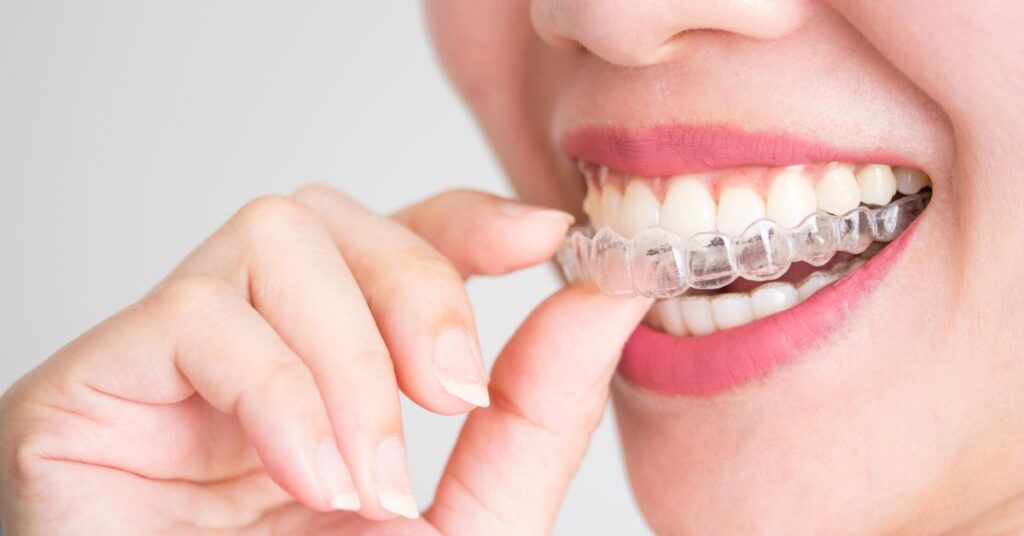
Factors to Consider in Decision-Making
Severity of Orthodontic Issues
Patient’s Lifestyle and Daily Habits
Budget and Insurance Coverage
Professional Recommendation and Consultation
Evaluation by Orthodontic Specialists
Discussion of Treatment Options and Expectations
Informed Decision-Making Process
Oral Hygiene and Maintenance
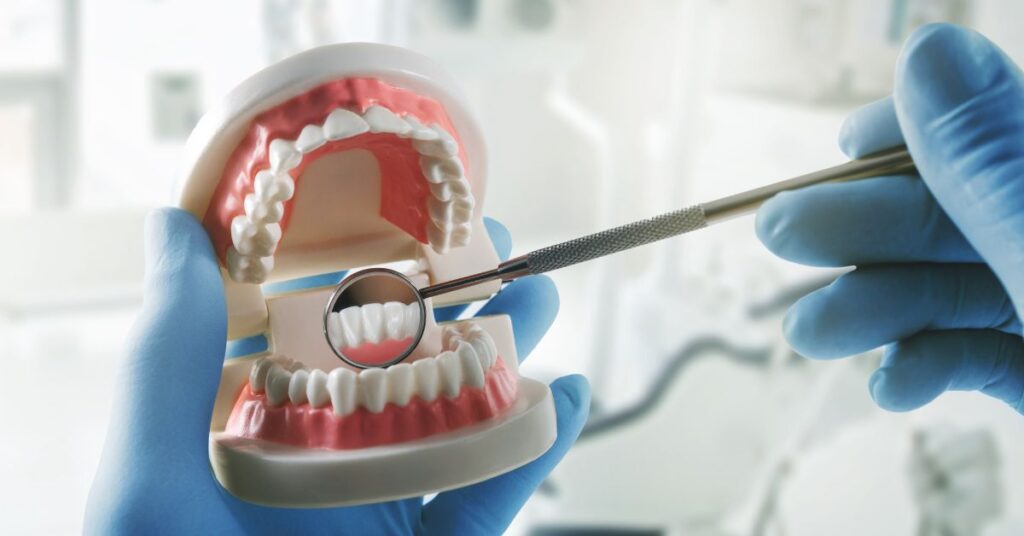
Oral Hygiene with Braces
Special Care for Cleaning Around Brackets and Wires
Preventing Cavities and Gum Problems
Dental Check-Ups and Adjustments
Oral Hygiene with Invisalign
Cleaning Aligners Properly and Regularly
Maintaining Oral Health During Treatment
Follow-Up Visits and Aligner Changes
Potential Discomfort and Adaptation
Discomfort with Braces
Initial Soreness and Adjusting to Brackets
Managing Irritation and Mouth Sores
Tips for Comfort During Treatment
Adaptation with Invisalign
Getting Used to Wearing Aligners
Dealing with Speech Difficulties
Coping with Aligner Attachments and Trays
Conclusion
In conclusion, both braces and Invisalign offer effective solutions for correcting teeth alignment and achieving a beautiful smile. Braces provide a time-tested method with versatility in treating complex orthodontic issues. On the other hand, Invisalign offers a discreet and convenient option, particularly for mild to moderate dental misalignments. The choice between braces and Invisalign depends on individual needs, preferences, and lifestyle considerations. Consulting with an orthodontic specialist is crucial in determining the most suitable treatment and ensuring successful outcomes. Ultimately, the end result of a confident and healthy smile makes the orthodontic journey worthwhile, regardless of the chosen treatment method.
